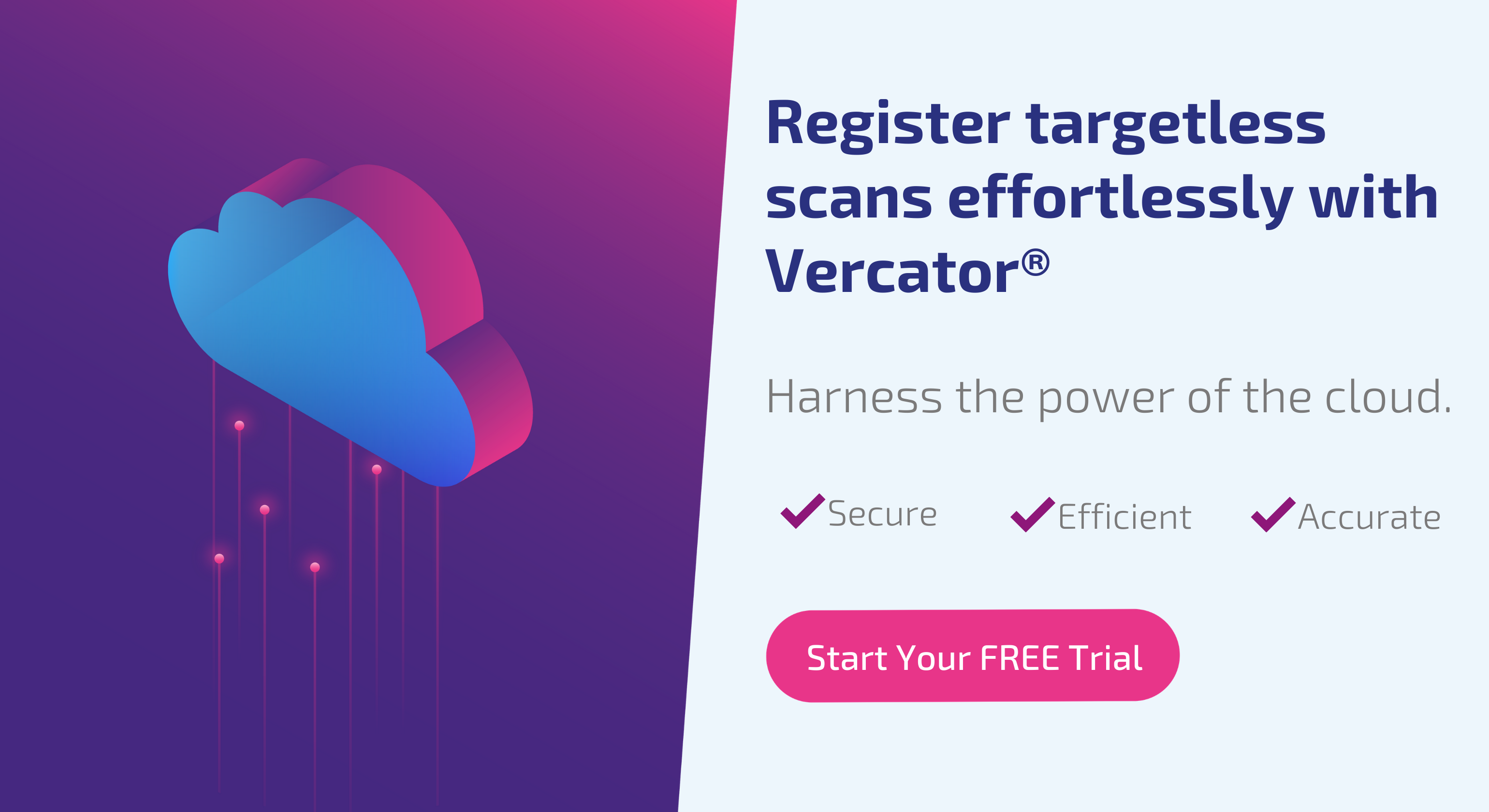Is cloud technology a reliable/secure tool for surveyors?

Cloud technology is no longer about how surveyors store and access data — it is about changing how they work. The cloud is not only a secure and reliable tool for surveyors, it’s a force for change in the industry. Surveyors need to understand the radical change brought on by cloud technology and re-visit their processes in order to capitalise on them.
By the end of 2015, it was estimated that 90% of UK businesses were using at least one cloud service. Every time you send an email, you are using the cloud. Every time you stream a movie, you are using the cloud. To get a clearer view on the impact of cloud technology, it’s worth breaking down the two main elements which make up cloud services: Software as a Service (SaaS) — subscription-based software such as Office 365, Slack or, for surveyors, Vercator Cloud — and Infrastructure-as-a-Service (IaaS) — basically on-demand compute and storage from the likes of Amazon Web Services (AWS) and Microsoft Azure.
For surveyors, up until now, cloud-specific SaaS applications have impacted communications and collaboration. IaaS combined with SaaS is now dramatically changing fundamental processes such as point cloud processing and registration. Along with several other complementary advances, the cloud is making 3D point clouds far more accessible and efficient — bringing new possibilities for the role surveyors play in projects.
In this article, we are going to look at what has changed in cloud and survey technology. What has happened to create an evolving and stable technology set ready to transform the surveying and construction landscape?
The maturing of the cloud
Cloud technology is not new. AWS was around from 2002 and was officially launched in March 2006 (13 years ago — a year before the first iPhone). During that time, it has evolved to address key issues that did slow down the take up of cloud: issues such as data security and compliance, slow speed of upload/download, and confusing pricing and service levels. Fortunately, these issues are generally solved and cloud will be the dominant IT technology for the 2020s.
It is natural that there are security concerns when adopting a cloud-computing solution. After all, when files, programs, and other data aren't kept securely on-site, how can you know that they are being protected? If you can remotely access your data, then what's stopping anyone else from doing so?
These concerns have been addressed over time and there is a view that by throwing light on IT security policies, companies have upped her own game. RapidScale, for example, claimed that 94% of businesses saw an improvement in security after switching to the cloud, with 91% claiming the cloud made it easier to meet government compliance requirements.
The key to this level of security is the encryption of data. By using encryption, information is less accessible by anyone not authorised to view your data. And as far as resilience is concerned, 20% of cloud users claimed disaster recovery targets of four hours or less, with only 9% of non-cloud users claiming the same
What this means for surveyors: The cloud is now able to handle the rigours of IT operations while offering processing power and storage that provides unrivalled flexibility and scalability. What is now also emerging is a new generation of AI and machine-learning driven software specifically aimed at taking advantage of the cloud’s capabilities.
Speed and latency - 5G is on the way
The construction industry is one of the most distributed there is: surveyors on-site, construction teams, architects, government bodies, engineers and the ultimate client — all in different places all with different roles in the process. Yet it still follows the “back at the factory/office” model of other industries. 5G, Cloud and the coming Internet-of-Things (IoT) will change all that.
5G is the next generation of mobile communication. Data transfer speeds are 10 times faster than 4G. Speeds up to 20Gbps will be possible with at least 100Mbps everywhere. But 5G is about much more than faster speeds. It will create the platform for everything in the coming IoT age.
Technologies such as Augmented and Virtual Reality (AR and VR) will become commonplace with remote enablement delivered by 5G network speeds. 5G is the bedrock of what is being called the fourth phase of the Industrial Revolution and will change how, when and where surveyors do their work.
What this means for surveyors: This means the possibility of doing more on-site, such as registration as well as improving collaboration and communication. Both field staff and office-based staff will be able to communicate and send information to each other more quickly. When you combine 5G with cloud computing and storage, it will enable the vast amounts of data generated through LiDAR scans and point clouds to be processed in the field (or very near to the field) — with data uploaded to cloud services processed in real-time.
Clouds are the home of point clouds
In all technology, there comes a time when manufacturers’ hardware is not dependent on its own software. The stabilisation of laser scanner technology has opened the door to third-parties creating their own software, leading to rapid advances in capability. Chief among these is vector-based, multistage processing. Creating stable, coarse registration that does not need manual oversight is leading to the full exploitation of parallelisation — which allows almost infinite scaling of processing in the cloud, rapidly accelerating the production of scans for larger projects. This means less time staging a scan and less time extrapolating the data, yet still yielding reliable and accurate results.
Take a large building such as an office block made up of over 170 laser scans. Vercator software can automatically register the datasets in only 3 hours on the cloud, a significant reduction in processing time over conventional methods without the need for operator supervision.
What this means for surveyors: Everything can be done much faster. You can get to your results faster. You can take more scans in less time. You can focus on quality and detail rather than looking at the easiest way to manage your computing. This freedom and flexibility can make a significant difference to the overall efficiency of how you work. To learn from other industries, a 65% majority of respondents to an InformationWeek survey said “the ability to quickly meet business demands” was one of the most important reasons they moved to a cloud environment.
BIM brings it all together
It is generally agreed that Building Information Modelling (BIM) is the future of construction. BIM is not necessarily cloud specific, but it would be almost impossible to deliver the benefits of BIM without cloud services.
One of the key selling points of BIM has been its ability to facilitate and enhance coordination between the various parties working on complex projects. A cloud-based BIM management and collaboration process would connect an entire project team together, providing them with shared access to the latest project data and models irrespective of their time zone or location.
Thanks to cloud connectivity, users can access BIM models and intelligent object data whether they’re in the office or out in the field. Stakeholders can coordinate the scheduling of their activities from pre-construction through to actual build and hand-over. Cloud services enable the BIM project review process and ease the resolution of any coordination issues that may arise during such complex, multidisciplinary projects.
What this means for surveyors: Surveyors will be key to the “front loading” of data into BIM projects. They will benefit from increased collaboration, smoother delivery and improved safety through the integration of input from all contributors. An added benefit should also be a reduction in rework on-site through better planning and design which will result in better use of time and resources.
The cloud is here to stay, and it is changing everything
The reason cloud computing has been adopted by so many industries is its unique combination of benefits. The early adoption of cloud gave businesses the flexibility to adapt almost immediately to changes in their industry and stay one step ahead. They harnessed the ability to scale their cloud capacity and bandwidth up or down at very short notice.
Such agility and flexibility, when applied to surveying, will give you a massive advantage over competitors and substantially improve your effectiveness. Most of all, the adoption of cloud will future-proof your business from the vast changes that are happening in the construction industry. Cloud technology is now not only reliable, but it is also the central platform for the surveyor of the future.
Tags: surveyors
